
Paseo de la Reforma: origin
Maximilian of Habsburg’s ambitious vision
Paseo de la Reforma, one of Mexico City’s most iconic avenues, has a rich history that stretches back over a century. From its inception to its modern-day glory, this boulevard has undergone significant transformations, reflecting the ever-changing landscape of the city and the nation. The story of Paseo de la Reforma begins with an ambitious vision, influenced by an unlikely figure, and evolves into a symbol of progress and urban development.
The origins of the famous street can be traced back to the mid-19th century during the Second Mexican Empire. Maximilian of Habsburg, a European aristocrat who became the second emperor of Mexico, had a grand vision for the country. Despite the controversy surrounding his reign, Maximilian aimed to foster progress and development in Mexico.
During his time as emperor, Maximilian proposed the idea of a grand boulevard that would serve as a symbolic “imperial avenue.” Inspired by similar avenues in Europe, such as the Champs-Élysées in Paris, he envisioned a road that would connect his residence, the Chapultepec Castle, to his office at the National Palace. This avenue was to be a symbol of his authority and a testament to the aspirations of a new and modern Mexico.
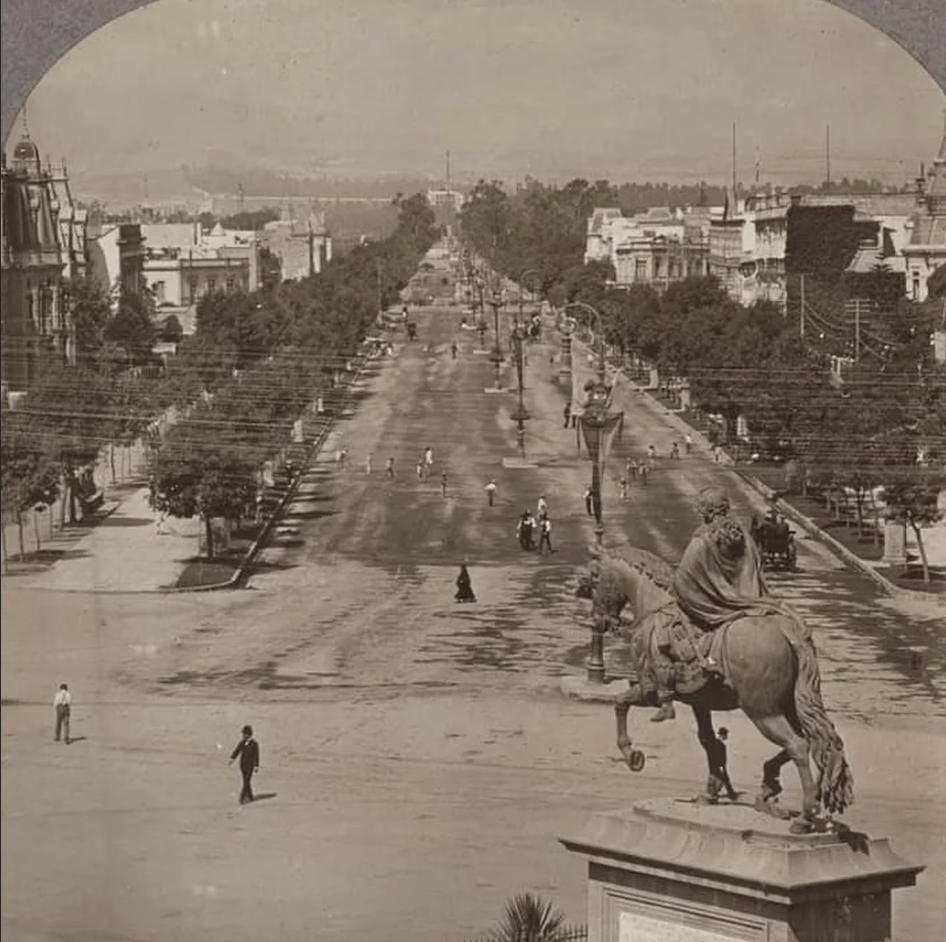
The continuation of a vision
Unfortunately, Maximilian’s ambitious plans were never fully realized. His reign came to an abrupt end when he was captured and executed by the forces of Benito Juárez, a prominent liberal figure. Despite this, Juárez and subsequent leaders recognized the value of the project. They decided to continue the development of Paseo de la Reforma.
The liberal governments that followed filled the avenue with statues commemorating important figures of their cause. These statues became symbols of national identity and pride, adding to the avenue’s significance. Additionally, governmants planted trees and installed benches, making the main street of Mexico City not only an elegant boulevard but also a green and inviting public space.
Porfirio Díaz’s vision of progress
One of the most transformative periods for Paseo de la Reforma came during the presidency of Porfirio Díaz, who held power for over three decades in the late 19th and early 20th centuries. Díaz saw the potential of the avenue and sought to modernize Mexico City, turning it into a global metropolis.
In preparation for the Centennial of Mexican Independence in 1910, Díaz undertook significant urban development projects. Paseo de la Reforma was no exception. Under his administration, the avenue underwent extensive improvements, turning it into one of the most beautiful and majestic thoroughfares in the city.
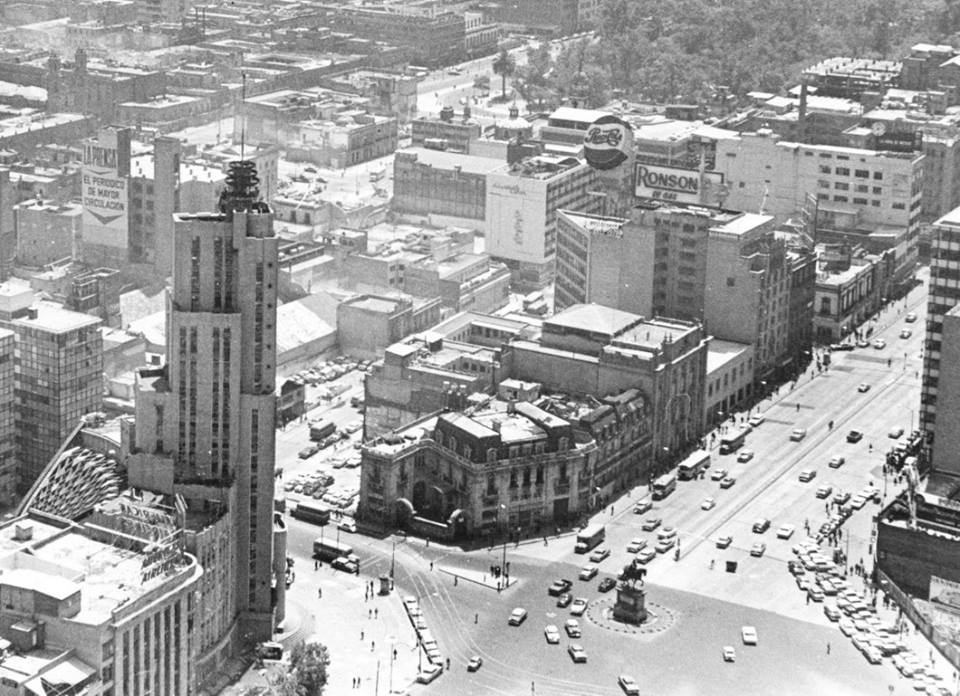
1963: Paseo de la Reforma, Juárez, and Rosales. In this aerial shot, you can see “el Caballito” (the Horseman). On the left, the building of the National Lottery.
Díaz commissioned the construction of prominent buildings along the street, many of which still stand today. The iconic Angel of Independence, or “El Ángel,” was erected as a symbol of Mexican independence and progress. This monument became the focal point of the avenue. And further solidified Paseo de la Reforma’s importance as a cultural and historical landmark.
The modern face of Paseo de la Reforma
Over the years, the street has continued to evolve and adapt to the changing needs of Mexico City. It has remained a significant avenue for cultural events, political demonstrations, and celebrations. The city’s vibrant spirit frequently showcases itself on the boulevard through the use of marathons, parades, and festivals.
Today, Paseo de la Reforma stands as a testament to Mexico’s history and its constant pursuit of progress and transformation. It serves as a symbol of the nation’s resilience, reflecting the diverse and dynamic nature of the Mexican people.
The origin of the famous street can be traced back to the grand vision of Maximilian of Habsburg, who sought to create a symbolic avenue for a new and modern Mexico. Despite the challenges and changes in leadership, the avenue’s development continued. Eventually it became an integral part of Mexico City’s urban landscape. Through various historical periods and urban developments, Paseo de la Reforma has evolved into the magnificent and iconic avenue we know today. A place where history, culture, and progress intertwine.
Paseo de la Reforma over time
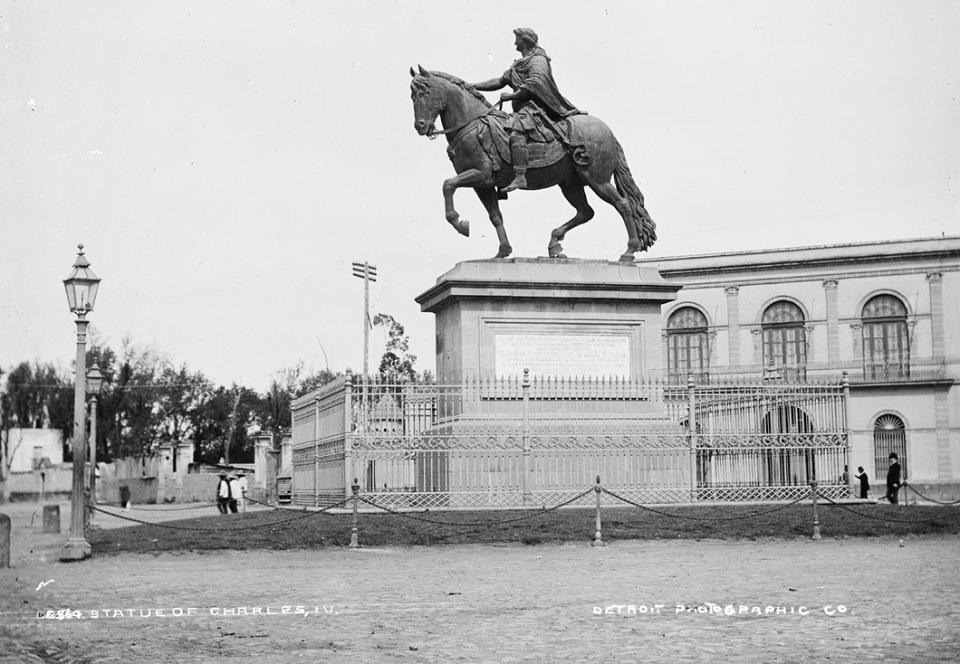
Ca. 1880: Intersection of Reforma, Juárez, and Bucareli, when the equestrian statue of Carlos IV (“el Caballito”) was located there.
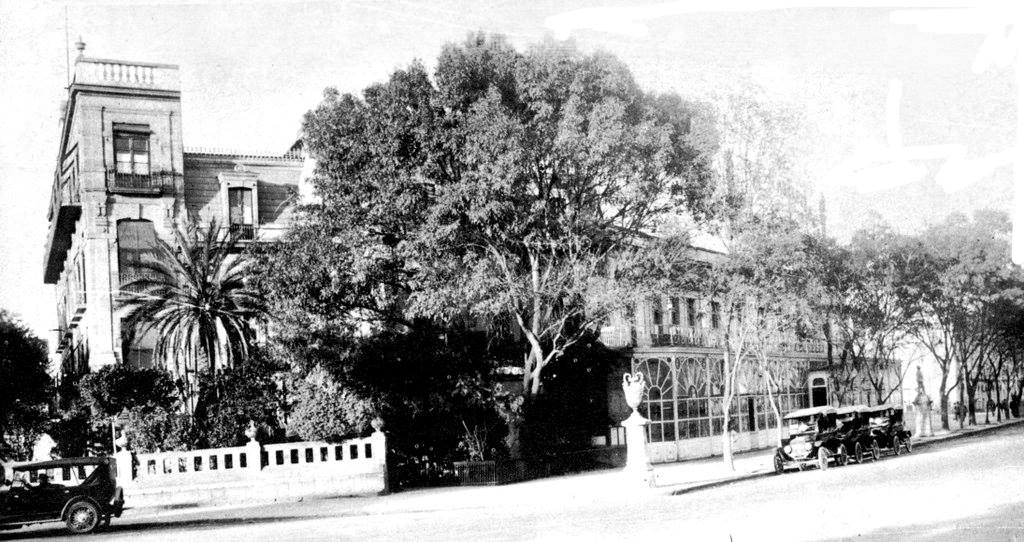
1920s: At the number 69, Café Colón, named after the roundabout where the statue of Christopher Columbus is located. Currently, it is the address of Le Méridien Hotel.
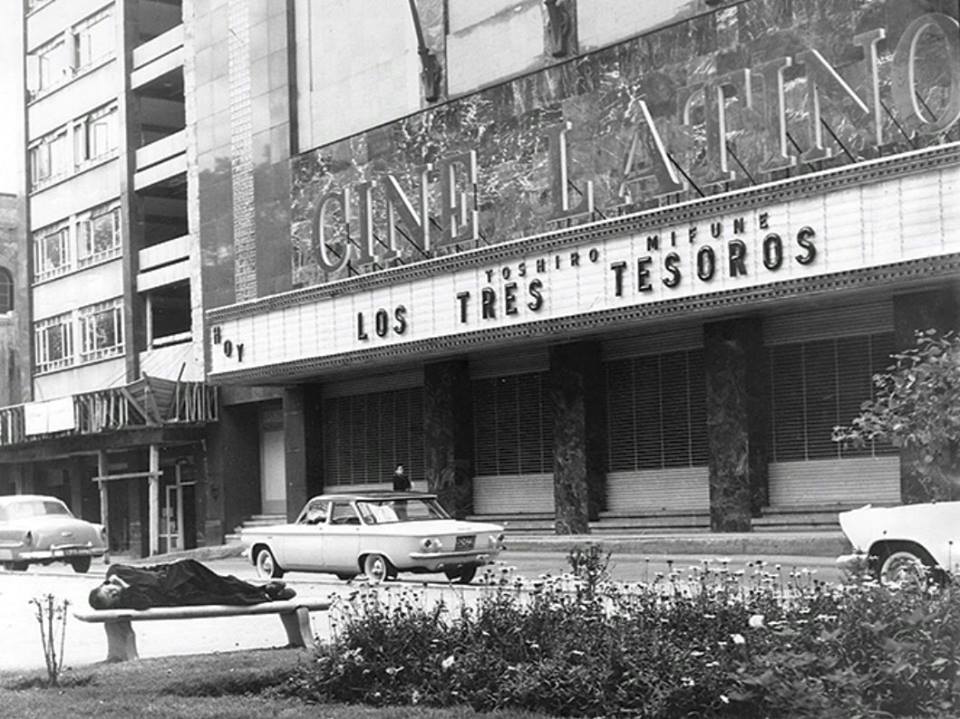
Around the 1950s: At the number 296, the location of Cine Latino; currently a corporate building.
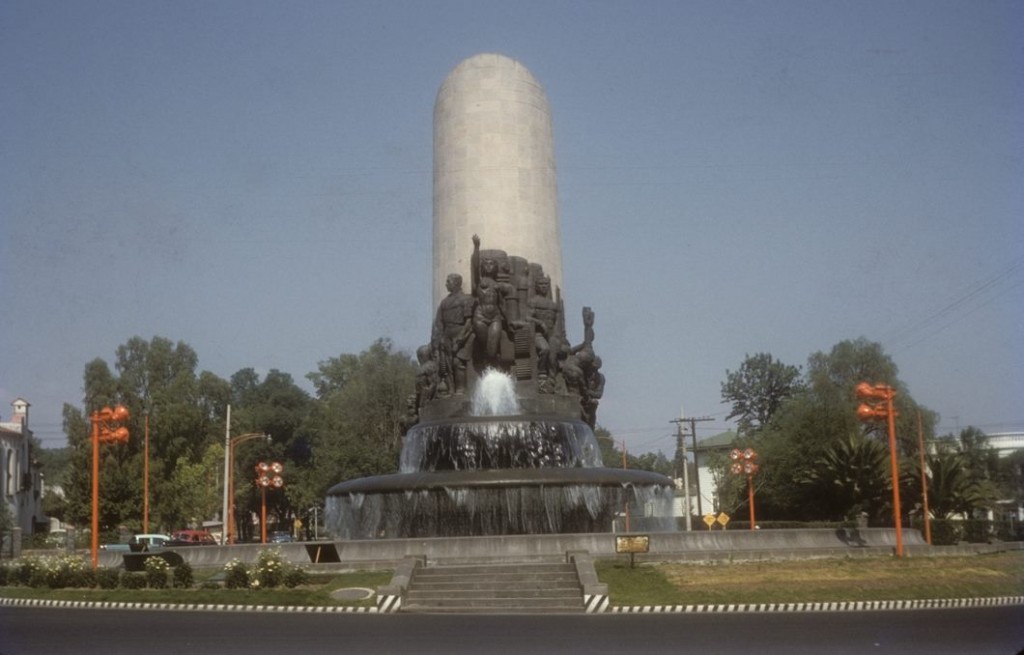
1950s: Fountain of Petróleos, close to Avenida del Castillo (now Anillo Periférico).
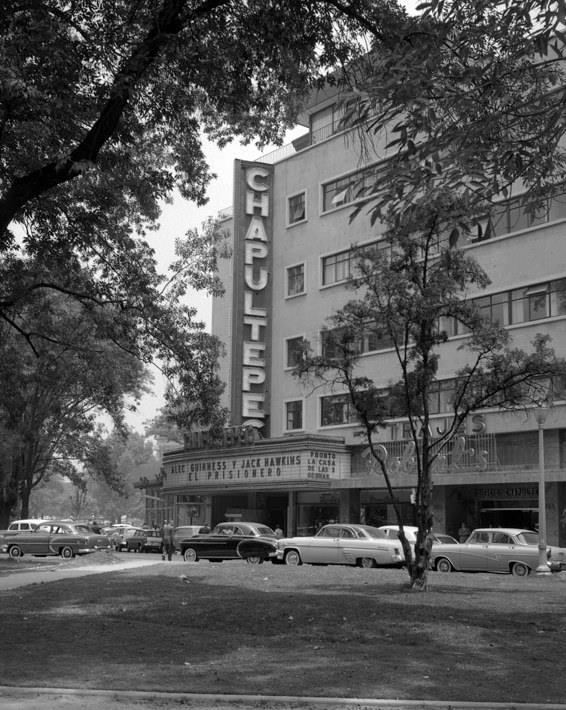
1955: At the number 505, the site of Cine Chapultepec; now the location of Torre Mayor.
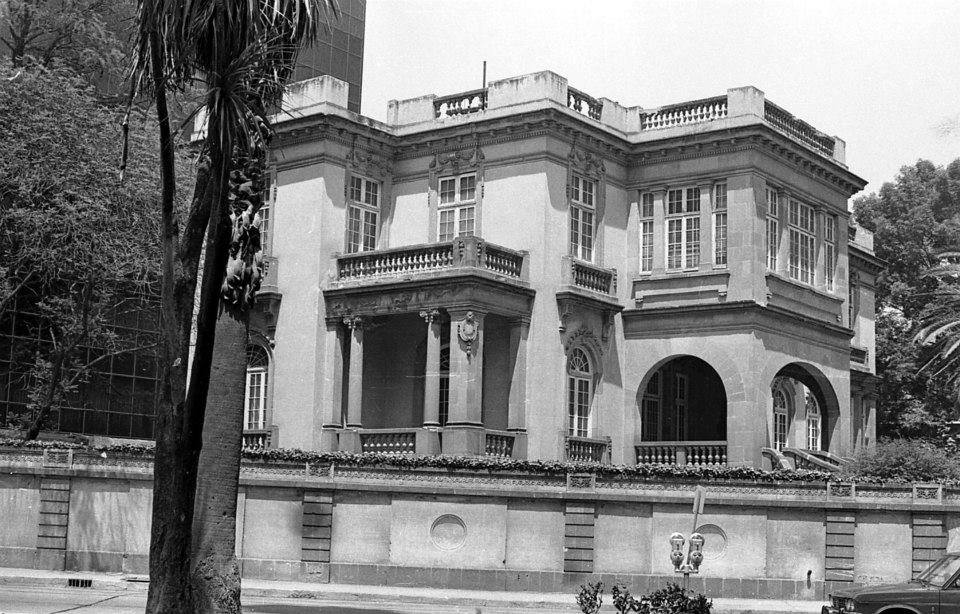
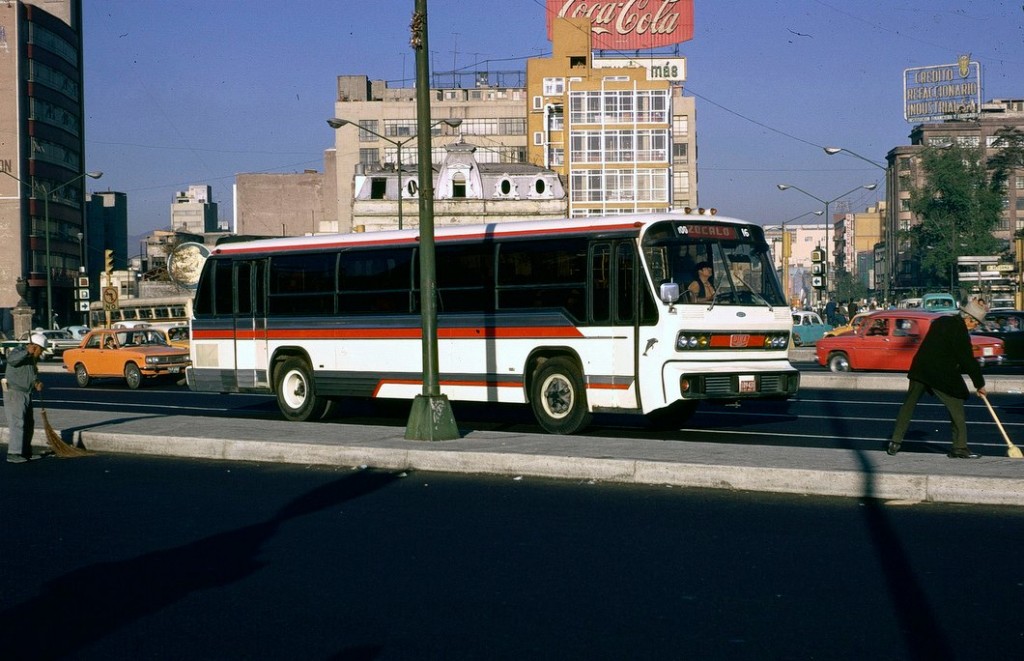
1974: close to Hidalgo; in the center, a public transportation bus known at the time as “los delfines” (the dolphins).
